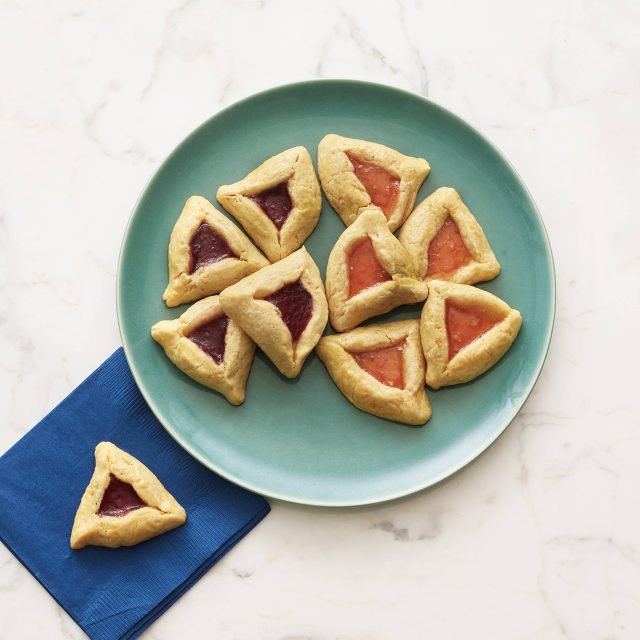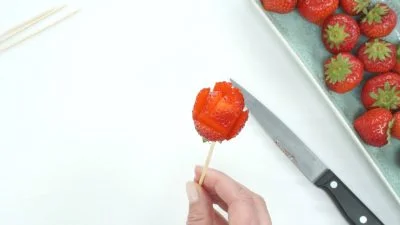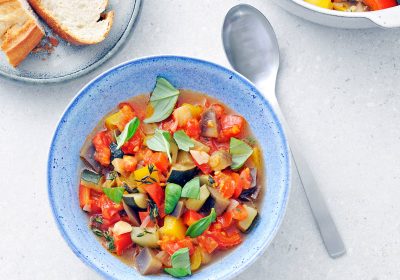Purim is a high holy day in the Jewish faith, although it’s somewhat lesser known than other holidays. Sometimes compared to Halloween, as it can involve wearing costumes, Purim is far more than just a party. Observed in late February or March, depending on the Jewish lunar calendar, the day commemorates the strength of the Jewish people in the face of persecution and their connection to the divine. “When I was a kid, I thought Purim was just a fun day of dressing up and eating cookies,” says Savory reader, Sarah. “It wasn’t until I was older that I learned the origin and realized just how significant Purim is, especially in the context of Jewish history.”
Purim, which translates to “lots” or “lottery” in Hebrew, is based on a Biblical story in the Book of Esther dating back to the 5th Century BCE. The holiday celebrates Queen Esther who was married to the Persian King Ahashverosh. When Esther, who was Jewish, learned that the king’s advisor, Haman, was plotting to kill all the Jews in the land, she informed the king and saved her people. Purim celebrates not only the bravery of Queen Esther but also the grace of God that protected the Jews.
Purim is an exuberant affair which, according to the Book of Esther, should be celebrated with “days of feasting and gladness.” The festivity, which this year begins at sundown on March 23 and ends on the evening of March 24, includes dressing in costumes, giving gifts of food, donating to those in need, and sharing a large meal (called se’udat Purim) with family and friends.
Among the foods eaten at Purim, none is more synonymous with the holiday than hamantaschen. Something in between a cookie and a pastry, these triangular baked goods with sweet filling are a symbol of the Jewish people’s triumph. The word hamantaschen comes from the Yiddish “tash,” which means “pocket” or “pouch.” Eating “Haman’s pocket” represents his defeat, and some say that the pocket specifically refers to a bribe Haman offered the king in exchange for carrying out his evil plan. Other lore states that the shape of the cookies represents Haman’s tri-cornered hat. Whatever the story, hamantaschen is a beloved tradition. “The line at the Jewish bakery was always out the door around Purim,” Sarah recalls. “I was never a patient kid, but I could always wait for hamantaschen, especially the apricot ones, which are still my favorite.”
No matter what or how you celebrate, tender, flaky hamantaschen are always worthy of a special occasion. They start with a buttery dough flecked with orange zest for a subtle citrus flavor. After the dough is rolled and cut into rounds, it’s time to choose your filling. The oldest hamantaschen recipes call for a mildly sweet poppyseed filling, but today fruit-based fillings are equally popular. We love the jewel-toned look of traditional apricot or seedless raspberry jam, but you can mix it up with any fruit preserves, apple butter, or even chocolate-hazelnut spread. To make the signature triangle shape, simply fold up the edges of the dough rounds and pinch the corners, leaving the filling exposed in the center.
Even if you’re not Jewish, homemade hamantaschen is a call for celebration. Bake up a batch for the family and make a few extra to share with friends and neighbors. As the Hebrew saying goes, “Mitzvah goreret mitzvah,” one good deed leads to another.
Get the recipe: Hamantaschen




